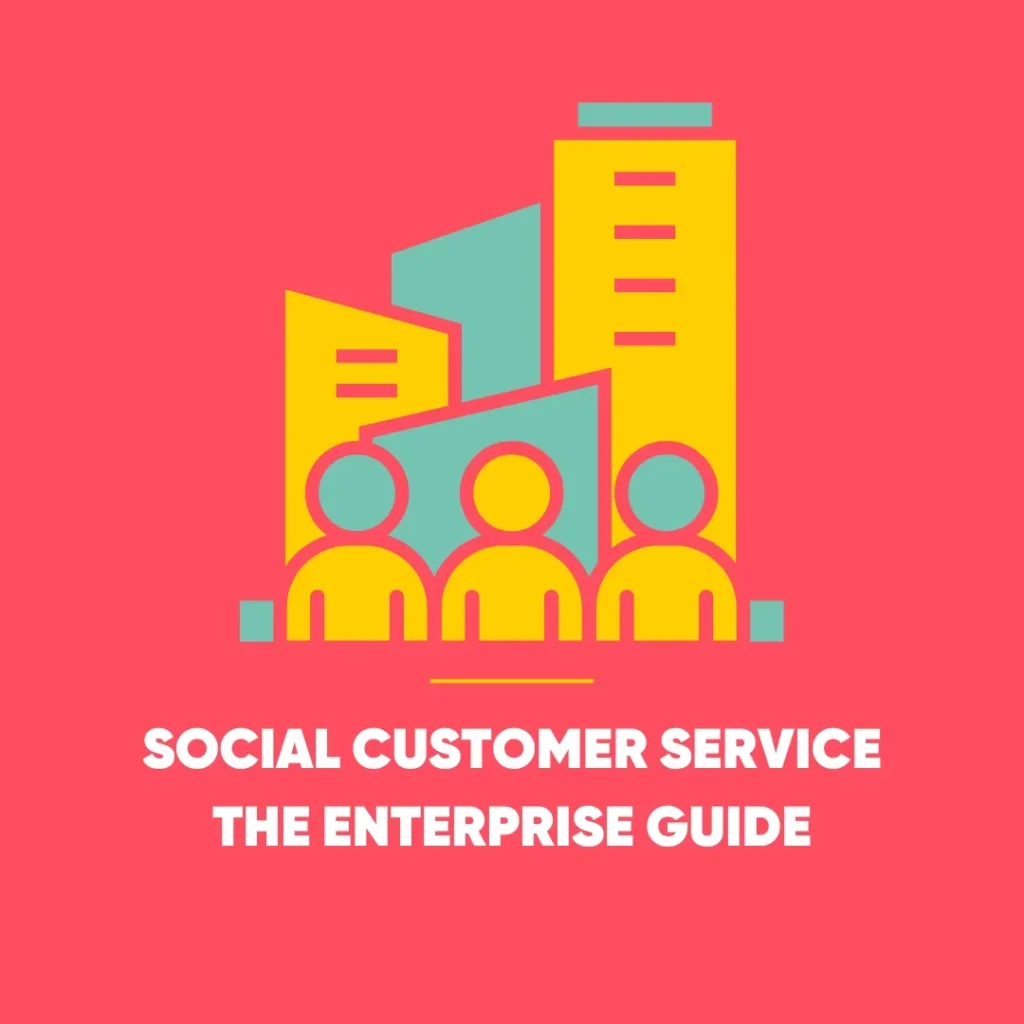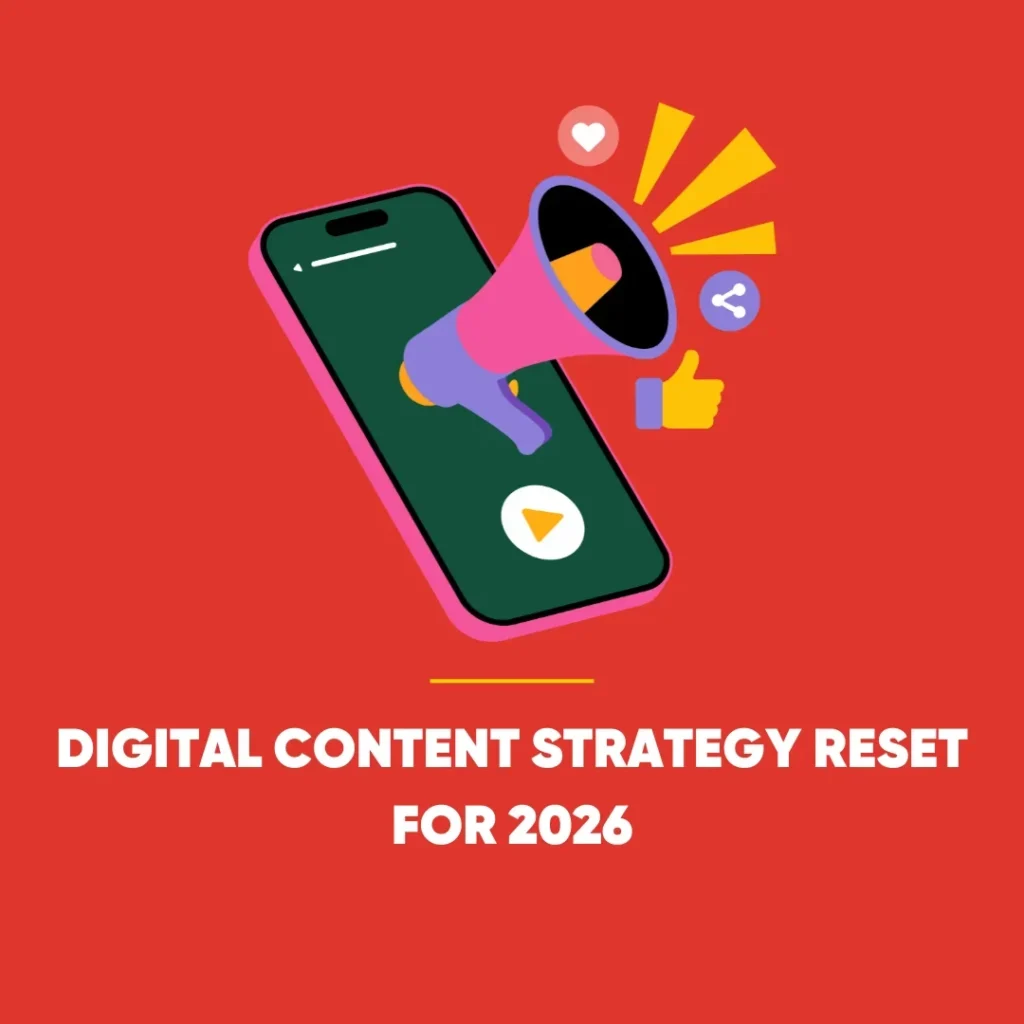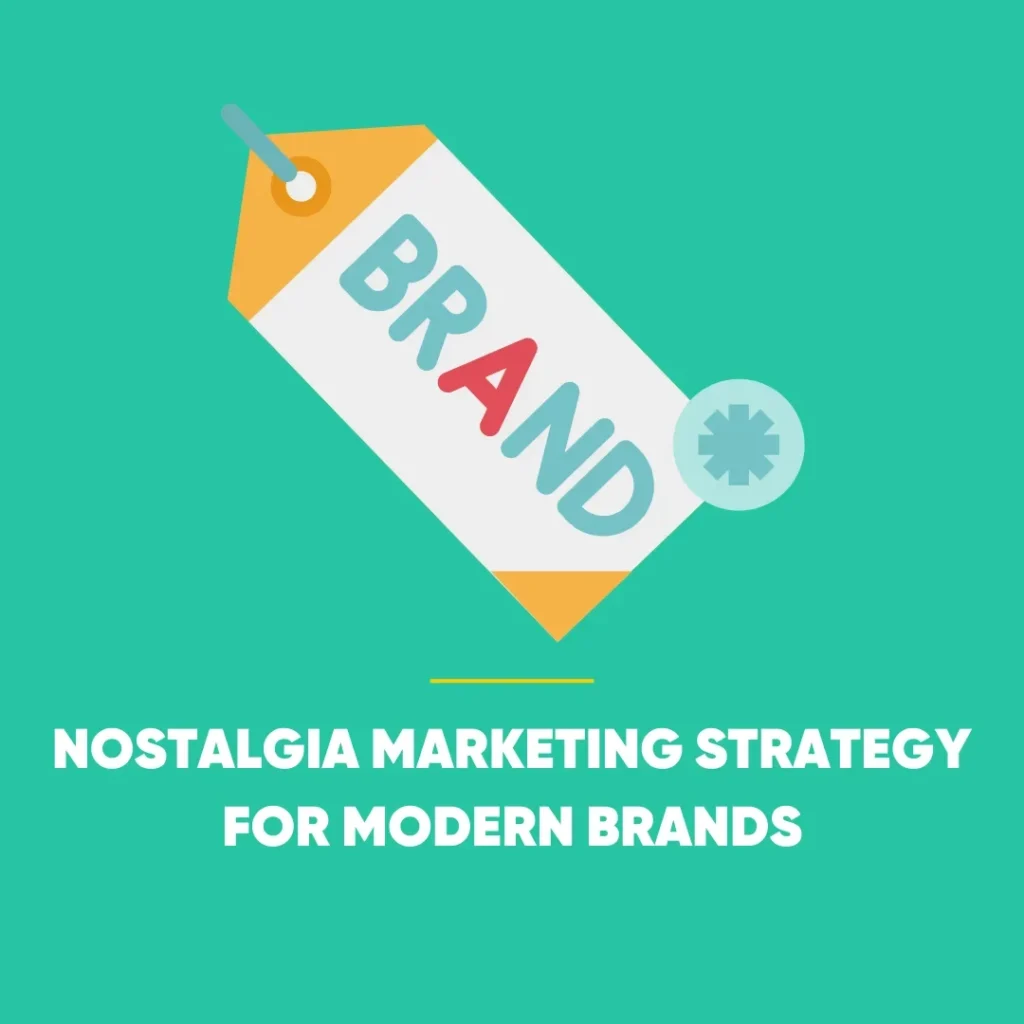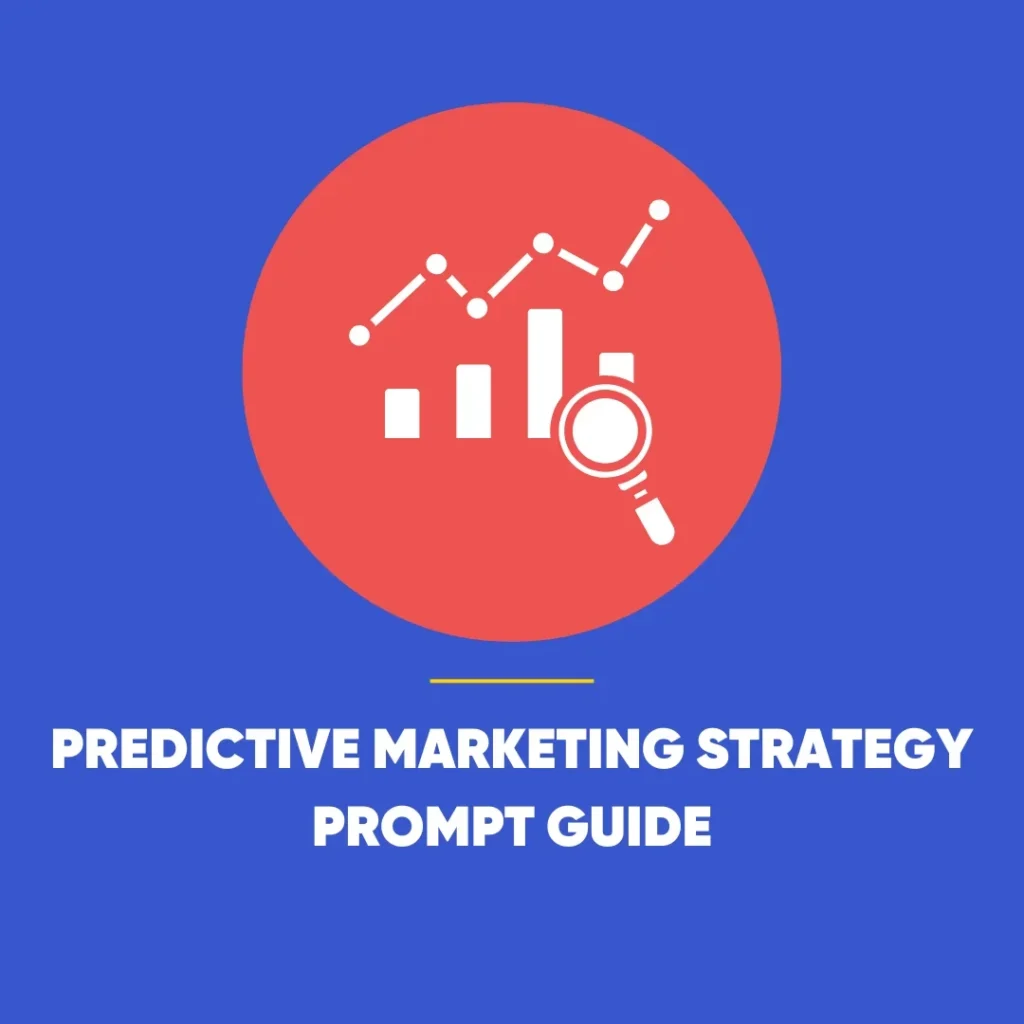Accessible Content Marketing: Ensuring Inclusive Digital Engagement
As a digital marketer, accessible content marketing is crucial for reaching a broad and diverse audience effectively. Central to this goal is making accessibility a cornerstone of your content strategy. When your content is accessible to a wider audience, it not only benefits those with disabilities but enhances the experience for all users.
In this guide, we will explore everything you need to know about ensuring your social media content is accessible to everyone.
What is Accessibility?
Accessible content marketing refers to the practice of designing and developing digital content so that it is usable by as many people as possible, regardless of their abilities or disabilities. Here are a few key questions to consider:
- Can people with visual impairments access the same information as those without?
- Will individuals with neurodiverse needs comprehend the intended message?
Accessibility is not about catering to a minority; it means creating content that everyone can use. For example, this includes accommodating people with various impairments – visual, auditory, cognitive, and motor. Following established guidelines like the Web Content Accessibility Guidelines (WCAG) can help make your content more inclusive.
Accessible Content Marketing: Why Accessibility Matters
Accessibility is increasingly vital for digital marketers for several reasons:
Broadening Your Audience
Additionally, accessible content ensures a larger audience can engage with your content. Clear and well-structured text, for instance, benefits all users, not just those with disabilities.
Improving SEO
Search engines favour content that adheres to best practices for usability, including accessibility standards.
Legal Compliance
Meeting accessibility standards helps businesses comply with legal requirements, reducing the risk of lawsuits and penalties.
Enhancing Brand Reputation
Prioritising accessibility can foster a positive brand image, build customer loyalty, and promote a more equitable digital environment.
Ethical Responsibility
Inclusivity ensures that everyone has equal access to information and services, demonstrating respect for all users.
Key Considerations for Accessibility
When planning for accessibility, consider users with visual and auditory impairments, mobility impairments, and neurodivergent users who process information in unique ways.
Visual and Auditory Impairments
The World Health Organisation (WHO) reports that approximately 2.2 billion people globally have some form of vision impairment. Including alt text for images and ensuring compatibility with screen readers is essential.
Neurodiversity
Neurodiversity encompasses different thinking styles, such as dyslexia, dyspraxia, autism, and ADHD. All in all, recognising and accommodating these differences is crucial.
Accessible Content Marketing: Crafting Accessible Social Media Posts
Consider the following example from the University of East Anglia, noted for its accessibility:
- Clear line spacing
- Short, concise paragraphs
- Hashtags at the end of the post
- Descriptive links rather than generic “click here”
Conversely, a post by UK food outlet Greggs demonstrated a lack of accessibility when unusual emojis were read by screen readers as “blue square” and “yellow square”. After feedback from the Royal National Institute of Blind People (RNIB), Greggs committed to improving accessibility in future posts.
Best Practices for Accessible Social Media Posts
Use Clear, Readable Fonts
Stick to platform default fonts, and avoid over-formatting text, as it can be distracting and unreadable by screen readers in accessible content marketing. Furthermore, in images and video captions, choose simple, legible fonts over visually disruptive ones.
Employ Appropriate Colour Patterns
Avoid using colour alone to convey information. Ensure sufficient contrast between text and background colours. Dark text on a light background is generally more readable.
Provide Image Descriptions and Alt Text
Alt text should describe the image’s content succinctly. Include textual information from the image and necessary personal characteristic identifiers without using emojis, links, or hashtags in the alt text.
Add Captions and Audio Descriptions to Videos
Captions should cover spoken words, tone, emotions, and background sounds. As a result audio descriptions add commentary on visual elements like body language and movements.
Use Emojis Appropriately
Emojis add personality to posts but should be used sparingly. Avoid using them as bullet points, and place them at the end of paragraphs to prevent disruption.
Use Hashtags Wisely
Hashtags enhance discoverability but should be used judiciously. Employ camel case (capitalising the first letter of each word) for clarity and place hashtags at the end of posts unless they naturally fit within the text.
Utilise Inclusive Language and Imagery
Moreover, ensure your language is inclusive and reflective of your diverse audience’s preferences.
Accessible Content Marketing: Testing Your Content
The best way to test accessible content marketing is to read it aloud as if speaking to someone directly. For example, this can help determine if your language is inclusive and accessible. Consider the following:
- Is the language free of jargon and ableist terms?
- Is the message clear and relatable?
- Does the content guide users on what actions to take?
- Have you removed unnecessary complexity?
When sharing content from others, ensure it meets accessibility, inclusivity, and diversity standards, adding additional descriptions if necessary.
General Accessibility Guidelines
These guidelines apply not only to social media but also to email communications, websites, and other digital platforms:
Use Clear, Simple Language
Avoid jargon and complex terms. Write in a way that is easily understandable by most people.
Provide Alternative Text for Images
Describe images concisely to help visually impaired users understand the content and context.
Ensure Colour Contrast
Choose colours with sufficient contrast for readability, benefiting users with visual impairments and those viewing content in bright environments.
Provide Captions and Transcripts
Include captions for videos and transcripts for audio content to assist users with auditory impairments.
Avoid Flashing Content
Limit or avoid content that flashes more than three times per second to prevent triggering seizures in users with photosensitive epilepsy.
Test with Real Users
Involve people with disabilities in your testing process to gain invaluable insights into making your content truly accessible.
Accessible Content Marketing: Conclusion
In summary, making your digital content accessible is not just a legal obligation or a way to improve your SEO; it is a fundamental practice that promotes inclusivity and respect for all users. By following the guidelines outlined in this guide, you can ensure that your social media content, and all digital marketing efforts, are accessible to everyone. This not only broadens your reach but also enhances the overall user experience, helping to build a more inclusive and equitable digital landscape.
Find out more about what’s happening within the digital marketing in our blog column.









